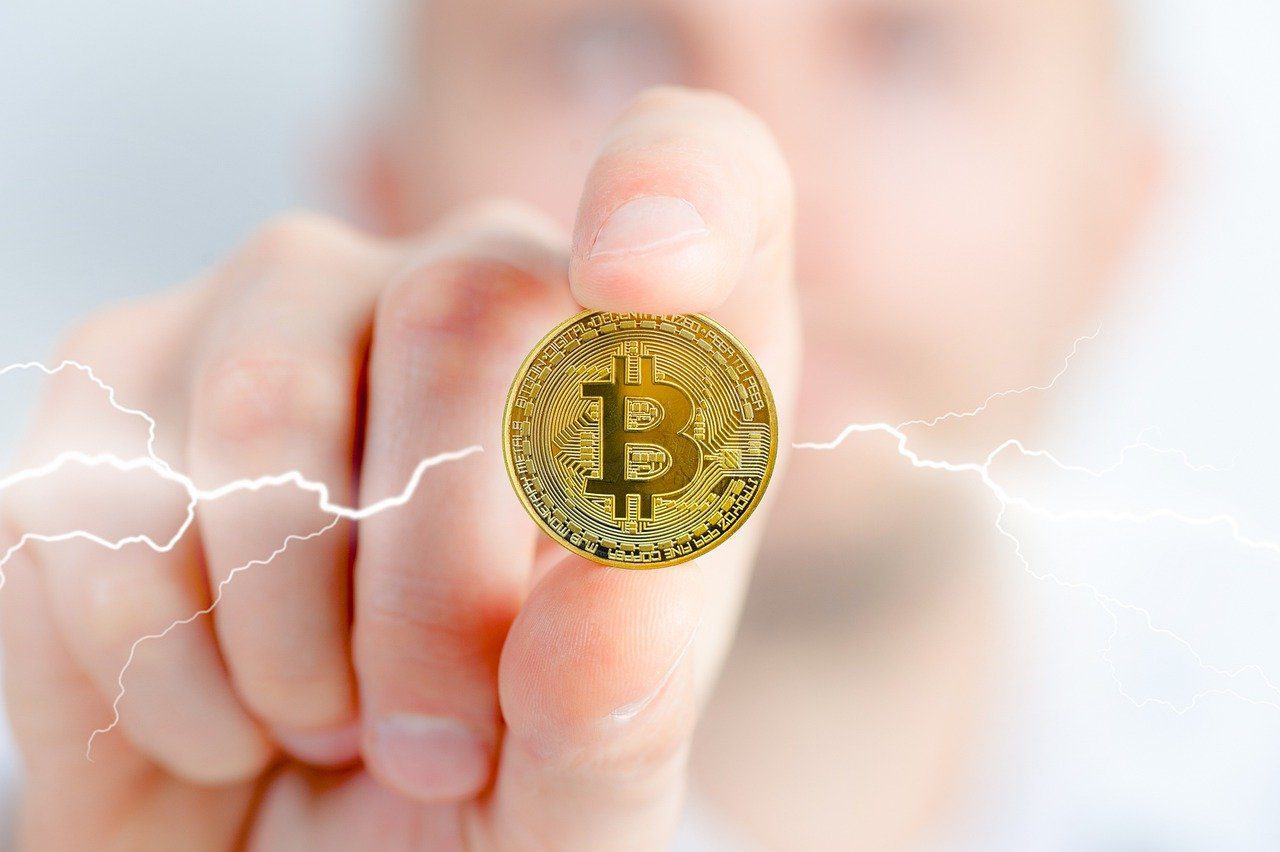The global average crypto wallet balance is increasing annually, partly due to the growing number of people entering the Web3 space, and primarily due to the significant price increases in crypto assets in recent years.
As of mid-2025, the global average balance stands at $3,560 (up 100% year-over-year), which is a significant amount for most people, particularly in less economically developed nations. It’s likely more than most people keep in their checking accounts, and for millions of investors around the world, this balance signifies a rapidly growing piece of their financial future.
The question is, are you protecting your digital assets as well as you could be?
Why This Balance Rise Is Significant
We’ve come a long way from the days when crypto and Bitcoin were labeled as just a shady payment network for criminals and thieves. It has also outgrown its old perception of being just a hobby for tech enthusiasts. Web3 is now firmly entrenched in the mainstream consciousness, as reflected in the rapid annual growth of crypto wallet balances.
Why is this happening? One of the main reasons is confidence. With crypto ETFs hitting the market, many investors who once stayed on the sidelines and perhaps were even skeptical of the market are now participating in the blockchain space. Growing institutional involvement and increased clarity around regulatory frameworks have all signaled to investors that crypto is legitimate and here to stay.
While this is exciting, it also raises the stakes as it means hackers now have more opportunities to take advantage of the non-crypto natives who aren’t quite as savvy as they should be. And unlike ETFs or stocks sitting in a brokerage account, your crypto wallet doesn’t come with FDIC insurance or institutional safeguards. If someone gains access to your private keys, your money is at risk of being lost. No refunds, no second chances.
This is why crypto wallet security has become non-negotiable, regardless of your experience in Web3.
Who is Actually Holding Crypto in 2025?
The demographics of cryptocurrency have evolved and changed over the years, but one consistency remains. Young adults have consistently remained at the top of the list.
25–34 year-olds are still the most prominent cohort of crypto users, making up 31% of all users. This is the age group most likely to strike a balance between risk and their long-term financial goals.
35-44 year-olds make up 23% of users, and many of their wallets are larger, as they typically accumulate wealth during their peak earning years.
18-24 year-olds now make up 20% of users. These users are more likely to be on gamified finance platforms, or exploring memecoins for a quick win, or even experimenting with creating their own cryptocurrencies.
45-54 year-olds represent 14% of all users, typically in more developed markets with predictable incomes.
Notably, the 55+ age group now accounts for 8% of users, mainly due to increasing institutional outreach and retirement diversification.
This wide distribution helps to demonstrate an important point. Crypto is no longer just a young person’s game, and that engagement is spanning generations, with balances increasing across the board.
The Security Gaps No One Talks About
The sobering reality is that while cryptocurrency is growing in adoption, security practices are still lagging. Most people holding $3,560 in digital currency are still protecting it with the same level of security they would use for a free email account.
A simple password that they likely recycle across multiple online accounts. Some may even use two-factor authentication (2FA) if they’re being careful, but that’s usually where it ends. But would you leave $3,560 in cash on your kitchen counter with the front door unlocked? Probably not. But that’s the digital equivalent of what many crypto investors are doing.
The most common vulnerabilities are shockingly basic. Storing private keys in screenshots on your mobile phone and storing seed phrases in notes that sync to the cloud/internet. Clicking on phishing links from a fake wallet support team and using the same password on multiple exchanges. These aren’t complex attack vectors, these are the low-hanging fruit opportunities that hackers love to capitalize on day in, day out.
The problem is that there is no fraud department or customer service team that can look into claims once wallets have been drained. The blockchain has no sympathy for the scammer’s convincing tactics. Once those funds are gone, they’re gone forever.
What Proper Protection Actually Looks Like
The good news is that proper crypto security is overly complicated. It requires effort and diligence. Here are the three must-haves:
Buy a Hardware Wallet
For anyone holding any substantial amounts (an amount they’d be upset to lose), a hardware wallet should be your first investment. These physical devices keep your private keys completely offline and far removed from the threats lurking on the internet. Yes, there is a cost involved, but it’s probably the best value for your money in the crypto space when it comes to gaining peace of mind.
Simply transfer your funds to the hardware wallet address, keep your device and recovery phrase safe, and your account becomes significantly more secure against hacking.
Secure Your Seed Phrase
Your seed phrase (that 12-24 collection of random words) is actually your master key to unlock your crypto wallet. If someone gets a hold of it, your funds are in their hands. It’s as simple as that. Here is how to keep it safe:
- Write it down on paper or stamp it into metal
- Store copies in multiple secure locations (e.g., safe deposit box, home safe).
- Don’t store it digitally (no photos, no cloud documents, no cloud password managers)
- Don’t ever share it with anyone, including people claiming to be from “support” (they’re scammers)
Be Phishing Paranoid
Scammers have become incredibly sophisticated at creating near-perfect replicas of legitimate wallet interfaces and exchange websites. To keep yourself safe:
- Always, always double-check the URL before entering any information
- Bookmark your most used crypto sites. Don’t click on links in emails or messages
- Treat any unexpected messages referencing your wallet as potential scams until deemed otherwise
- Remember that real crypto companies will never ask for your seed phrase or private keys.
Final Word
The increase in the average amount of crypto wallet holdings is a testament to how far the industry has come. From what felt like a fringe experiment to a mainstream investment vehicle, crypto has shown it’s here for the long-term. However, crypto’s Achilles’ heel of scammers and hackers appears to be coming along for the ride.
Both the beauty and the burden of crypto is that you are your own bank, and some people realize this when it’s far too late. As the space continues to mature, both newcomers and crypto veterans alike must do everything possible to protect their assets and keep their digital funds secure.



































